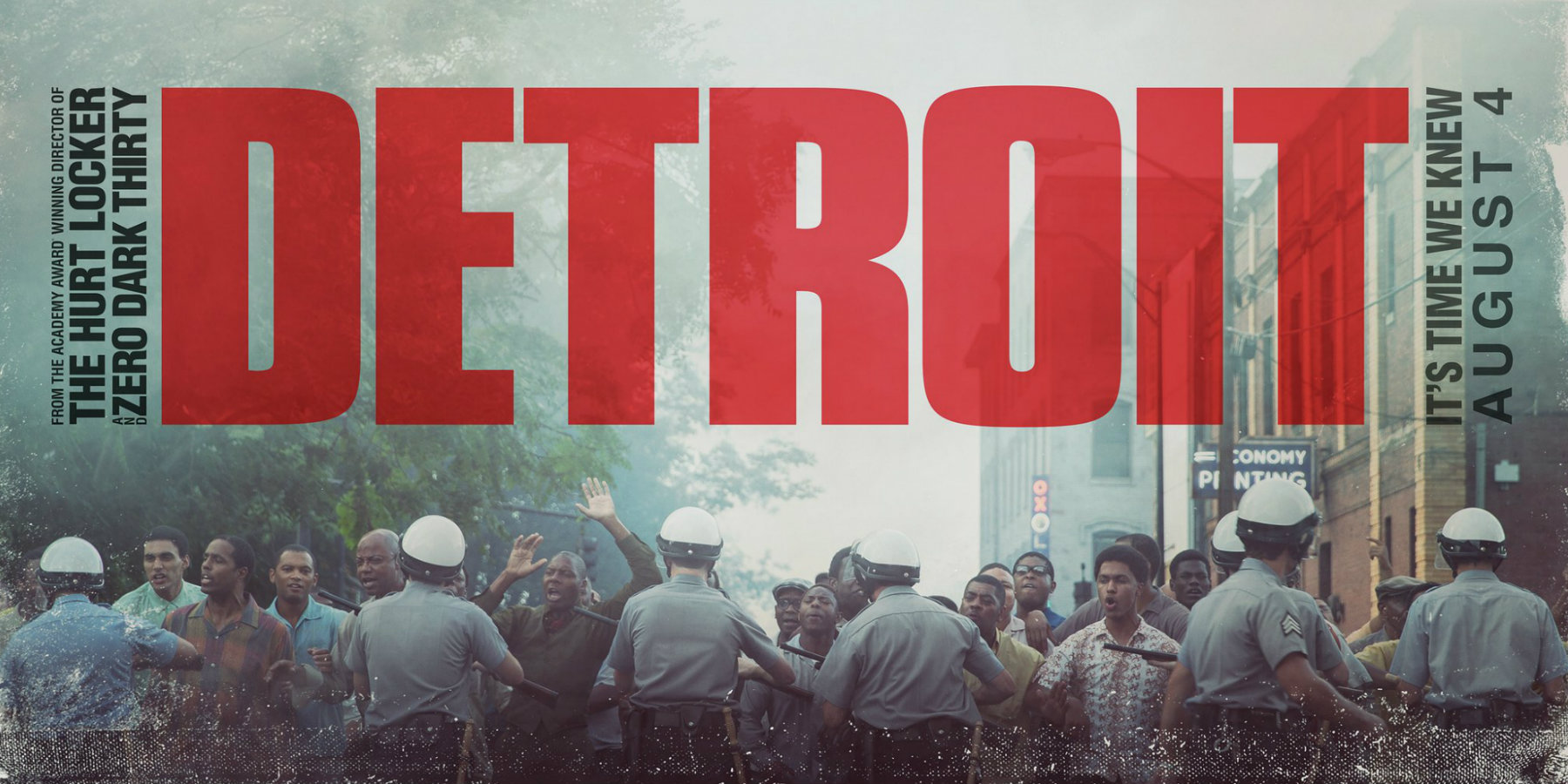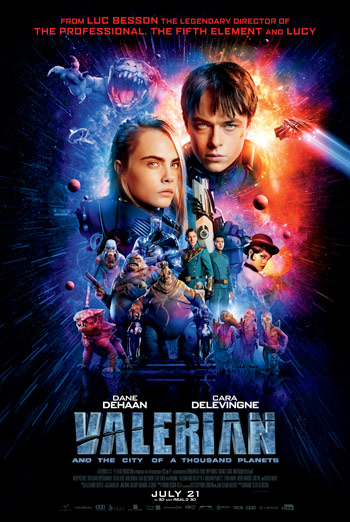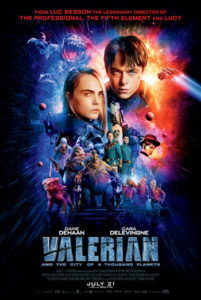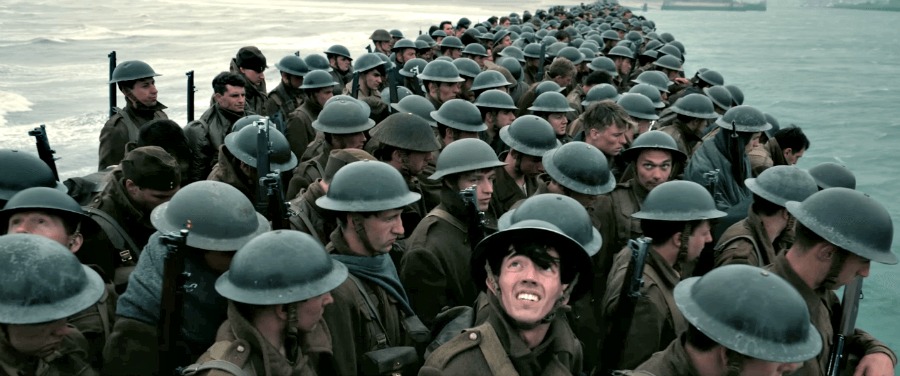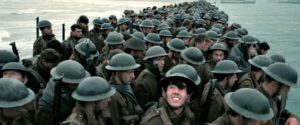Battle of the Sexes
Posted on September 21, 2017 at 9:53 pm
B +| Lowest Recommended Age: | Mature High Schooler |
| MPAA Rating: | Rated PG-13 for some sexual content and partial nudity |
| Profanity: | Some strong language |
| Alcohol/ Drugs: | Drinking, cigarettes |
| Violence/ Scariness: | None |
| Diversity Issues: | A theme of the movie |
| Date Released to Theaters: | September 22, 2017 |
| Date Released to DVD: | January 1, 2018 |
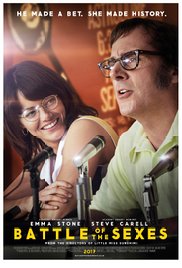
“You’ve come a long way, baby!” was the 1970’s slogan for a cigarette for women. Virginia Slims were marketed as a badge of liberation and sophistication. They had a woman’s slightly naughty-sounding name and a word with a lot of appeal to female consumers (and a suggestion that they would aid in keeping weight down). They had a kicky advertising campaign. And they were the only commercial product willing to sponsor the brand new Women’s Tennis Association, founded by tennis champion Billie Jean King to protest the pay differential in professional tennis, with women making a fraction of the prize money awarded to the men. When they raised the issue, they were told that women’s tennis was not as interesting (even though they sold as many or more tickets at the same price as the tickets to see the men play) and because the men had families to support. It may now seem absurd, or at least off-brand to have a women’s athletic competition sponsored by a cigarette, but probably no more absurd than the argument that “the men’s tennis is more exciting to watch; it’s biology.”
One-time men’s tennis champ Bobby Riggs (Steve Carell) was a bit of a sexist and more than a bit of a showman, and much more than a bit of a gambler. And so he bragged that even in his 50’s he could beat the top-ranked women’s player. Margaret Court accepted the challenge, and he triumphed in a humiliating defeat. And so, Billie Jean King agreed to play him in something between a sporting event and a three ring circus, complete with marching band, scantily dressed cheerleaders in Sugar Daddy outfits, and the ceremonial presentation by King to Riggs of an actual pig.
So, not your usual night on ESPN, which, of course, had not been invented yet. This was front-page news in the midst of the fight for what people were still calling “women’s liberation.” This was consciousness raising whether you liked it or not.
It is especially suitable that this film was directed by a female/male team: Valerie Faris and Jonathan Dayton (“Little Miss Sunshine”). They found the human story, the vulnerability, the drive, the fear, the resolve behind the hoopla and hyperbole, and they have made a film about real people that is moving and, even though we know the outcome of the game, suspenseful.
Bobby Riggs would have been a public feminist if he could make a dollar at it. (A dollar, by the way, is what the original players in King’s Women’s Tennis Association were paid to sign up.) He would cheerfully admit, except possibly to his wealthy wife (Elisabeth Shue), that he was more of a showman and a huckster than an athlete. Billie Jean King was a determined, disciplined athlete at the forefront of the Gloria Steinem era of feminists. She was companionably married to Larry King (not the TV show host), but she was beginning to admit to herself that she was attracted to women. Her hairstylist, Marilyn (Andrea Reisborough), leans in and brushes her hand on Billie Jean’s cheek. The woman who never allowed herself any distractions has met a distraction she cannot ignore.
Faris and Dayton create the environment of the 70’s without any air quotes. The cinematography, the score, the deft use of Howard Cosell’s actual commentary during the match (at one point, he says approvingly that King moves like a man), evoke the era without exaggeration or snottiness. Every performance shines, including Sarah Silverman in the Eve Arden wry sidekick role. The film is generous to all of its characters, even the real and metaphorical pigs.
Parents should know that this film includes sexual references and an explicit situation with some nudity, issues of sexual orientation, some crude language, alcohol, cigarettes, sexism, and homophobia.
Family discussion: What is different today and what hasn’t changed? Why did Billie Jean King decide to play Bobby Riggs?
If you like this, try: Footage of the real King/Riggs game

